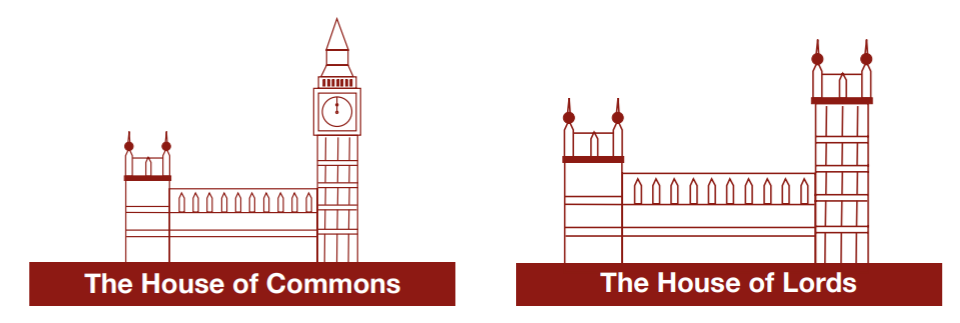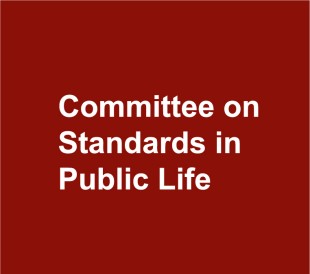
In the heat of our fast-paced, media-focused culture, it is perhaps inevitable that interest in public standards peaks in the wake of a scandal and then troughs in the quiet in-between when much of the real work is done. The 25-year anniversary of the Committee on Standards in Public Life (CSPL) therefore provides a welcome opportunity to reflect on public standards more broadly, as a public good with a frontline role protecting our democratic institutions from corruption, conflicts of interest and other forms of misconduct.
I was delighted to be commissioned by the Committee to undertake a new mapping exercise of the standards landscape in England and reflect on the key changes over the past quarter-century. The full review, published today, provides an overview of the standards landscape effective in central and local government in the United Kingdom. This offers a vantage point from which to view the landscape’s shape and form over time, its strengths and weaknesses, and challenges to the maintenance of public standards in the context of emerging technological, social and political pressures.

The public standards landscape is conceived broadly. It ranges from Westminster and Whitehall to the judiciary and local government, and also incorporates groups that formerly might not have been considered public entities at all, including political parties and third-party actors such as lobbyists and private sector providers of public services. This broad approach reflects the concerns of the CSPL as it has responded to the demands of a shifting political culture and the take up of governance approaches that have blurred the distinction between the public and private spheres.
The Mapping Exercise charts the embedding of standards through codes of conduct, transparency and accountability mechanisms, ethics training and tailored advice. However, the direction and speed of travel is uneven and there remains significant discretion particularly in political and judicial institutions, which have a preference for self-regulation and case-by-case judgments. These exceptions serve to maintain the sovereignty of political decision-making and the independence and impartiality of the judiciary. However, they also reveal the clear limits of bureaucratic accountability, highlighting the importance of simultaneously supporting democratic processes and the rule of law to ensure our institutions are well governed, responsive to the public interest and provide effective checks on power.

The upholders of public standards have a crucial role in anticipating challenges, whether these originate in society—through changing public attitudes, the role of technology and social media, and the influence of lobbying groups—or from within political institutions, manifest in the policy decisions made by those in power. Success at the ballot box provides governments with the democratic mandate to reform governance arrangements in pursuit of their stated policy aims. However, it is important to recognise that such reforms can compromise existing standards frameworks. The unintended consequences of changing institutional cultures and ways of working in the pursuit of efficiency and effectiveness can have ethical consequences, potentially increasing the risks to high standards along the way.
We have a long tradition of thoughtful and balanced responses to ethical issues, possess a widely distributed system of public standards, and for the most part have well-embedded cultures of integrity in our public institutions. But this is not a moment for complacency. We are experiencing a period of profound social and political change, which will likely test the limits of the standards regime. Public standards are not inalienable; to a large degree they rely on shared principles and trust in others, and this trust can easily erode during periods of change and uncertainty. In this context, the CSPL’s Seven Principles of Public Life are an essential reminder to all—whatever the pressures of the time—of the duty to act with integrity and without bias and in the public interest.
